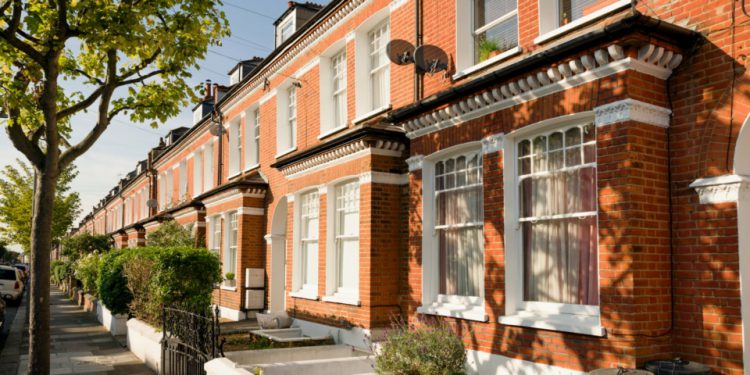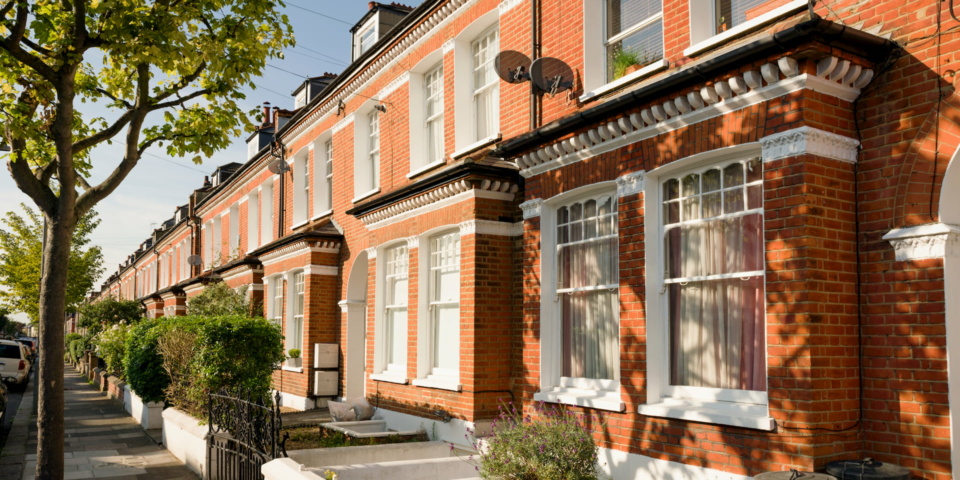Is it becoming easier to obtain a mortgage?


The quantity of mortgage deals available on the market has reached the greatest level seen because the start of the COVID-19 outbreak.
This news is going to be music towards the ears of home buyers, a lot of whom have struggled to contend with high rates and disappearing deals in recent months.
Here, Which? explains what’s happening towards the market and analyses whether it really is becoming simpler to get a mortgage.
Mortgage deal numbers on the rise
New data from Moneyfacts shows mortgage availability has improved for that fourth consecutive month, handing a lift to home buyers and remortgagers.
The 3,215 deals currently available on the market may be the highest recorded since last March, whenever a whopping 5,222 mortgages were available.
Since October, the number of mortgages available has risen by 42%, with low-deposit 90% deals leading the current charge.
What has this intended for rates?
Greater availability hasn’t yet led to cheaper rates.
Moneyfacts says average minute rates are still rising slightly, with two-year deals now having seen seven consecutive months of increases.
The good news is that the speed of rises is slowing down, meaning lower rates could be around the corner.
Eleanor Williams of Moneyfacts says: ‘At 2.53%, the two-year fixed overall average rates are now 0.11% higher year-on-year, while the five-year equivalent at 2.73% is equal to where it sat in February 2021.
‘While these rates have risen again, the increases are of just 0.01% and 0.02% this month, which may be an indication of the start of some stability in the market.’
Best rates on mortgage deals
The good news for buyers and remortgagers would be that the best mortgage rates are extremely low for those who have bigger deposits or significant equity in their homes.
60% mortgages
At 60% loan-to-value (LTV), you can aquire a two-year fix with a rate of below 1.2%, or a five-year fix with a rate of below 1.3%.
These deals are just a little more expensive than the best rates recorded prior to the pandemic, but there is one drawback.
As you can observe in the table below, the least expensive deals now come with high up-front fees as high as lb1,499.
Best rates on a 60% two-year fix
| Lender | Initial rate | Revert rate | Fees | Cashback |
| Platform | 1.14% | 4.34% | lb1,499 | lb250 |
| Skipton | 1.14% | 3.64% | lb995 | None |
| Santander | 1.18% | 3.35% | lb1,499 | None |
Best rates on a 60% five-year fix
| Lender | Initial rate | Revert rate | Fees | Cashback |
| Barclays | 1.29% | 3.59% | lb999 | None |
| Platform | 1.29% | 4.34% | lb1,499 | lb250 |
| Santander | 1.29% | 3.35% | lb1,499 | None |
75% mortgages
Rates on 75% deals are also very attractive, however the least expensive deals include high fees attached.
It’s also notable the gap in cost between the cheapest two-year fix and the cheapest five-year fix is 0.37% – considerably more than the 0.15% recorded at 60% LTV.
Best rates on a 75% two-year fix
| Lender | Initial rate | Revert rate | Fees | Cashback |
| Clydesdale Bank | 1.24% | 4.55% | lb1,999 | None |
| Halifax | 1.38% | 3.59% | lb1,499 | None |
| Barclays | 1.44% | 3.59% | lb999 | None |
Best rates on a 75% five-year fix
| Lender | Initial rate | Revert rate | Fees | Cashback |
| HSBC | 1.61% | 3.54% | lb1,499 | None |
| Platform | 1.66% | 4.34% | lb1,499 | lb250 |
| Barclays | 1.67% | 3.59% | lb999 | None |
Low-deposit mortgages
First-time buyers happen to be hardest hit by the COVID-19 mortgage cull, but 90% mortgages have enjoyed something of the resurgence of late.
The bad news is the fact that rates remain high, using the cheapest two-year fix around 1.5% greater than prior to the pandemic.
You will discover the best rates now available for first-time buyers within our story from earlier this week on 90% mortgages.
Mortgage deals are lasting longer
Before the start of COVID-19, the typical shelf-life of a mortgage deal was 56 days.
This decreased significantly during the period of 2021, falling to Thirty days by July and 4 weeks by the end of the entire year, as banks grappled with resourcing issues and demand.
There are signs, however, that mortgages are now staying available on the market for extended, by having an average of 40 days recorded this month.
Eleanor Williams of Moneyfacts says: ‘After 3 months at a record low of 28 days, the longer shelf life of mortgages is giving borrowers a far greater chance of securing their chosen deal before it is withdrawn.’
Are banks making it simpler to obtain a mortgage?
Greater availability and deals lasting longer is nice news for borrowers, but it remains an elaborate time to get a mortgage.
On the plus side, lenders are beginning to ease the tough rules they brought in during 2021.
For example, Barclays reinstated its maximum ‘loan to income’ multiple of 5.Five times for borrowers with earnings over lb75,000 (lb100,000 for couples) the 2009 week.
This came after Nationwide brought back its maximum 40-year mortgage term for first-time buyers in January.
On another hand, there are still some hurdles.
Many banks remain reluctant to offer such long-term deals, so that as previously mentioned, you will need to pay for a higher up-front fee than ever before if you want to secure the best rate.
With this in mind, it might seem sensible to take advice from a whole-of-market mortgage broker regarding your options before you apply for a mortgage.






